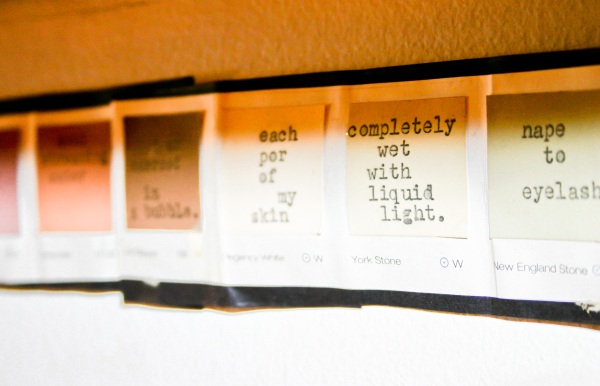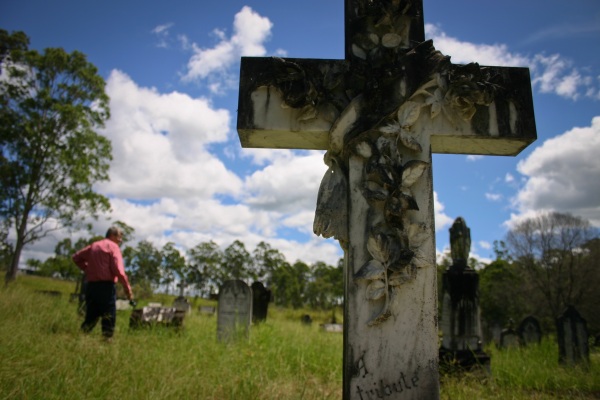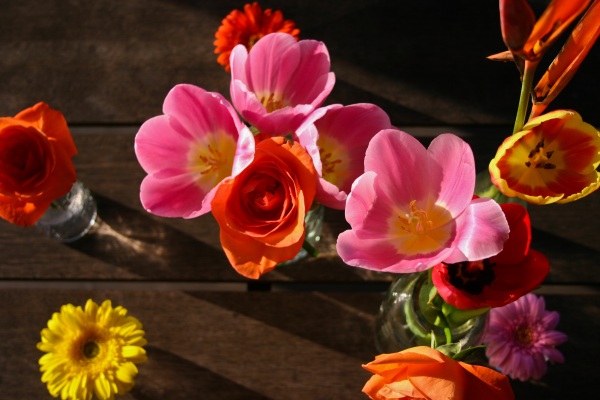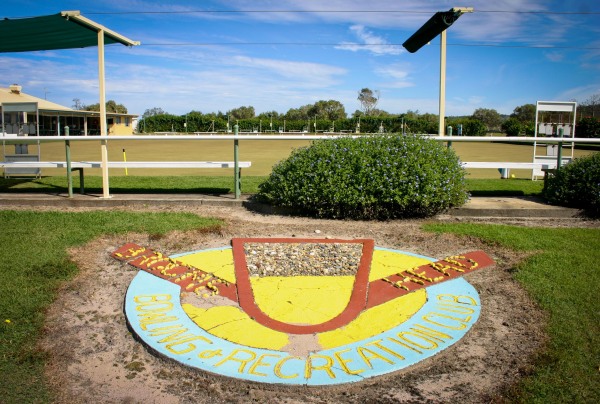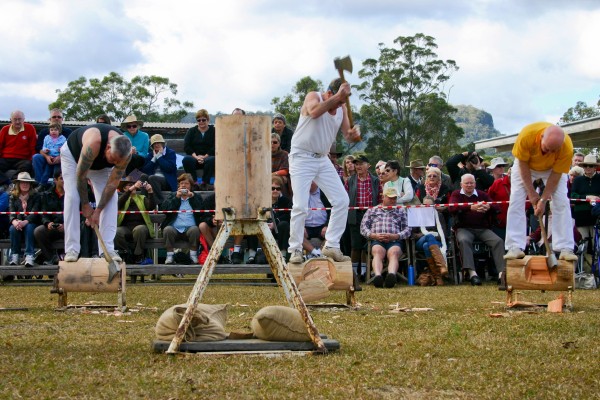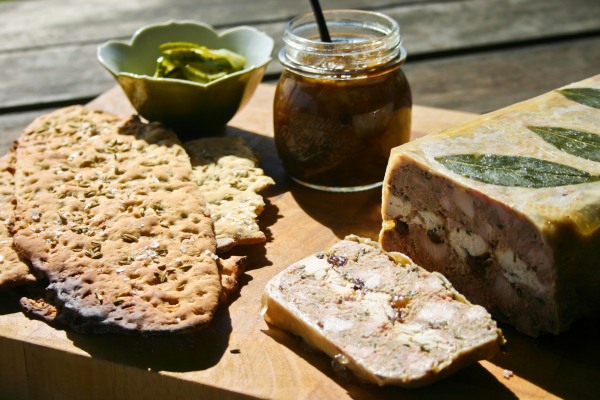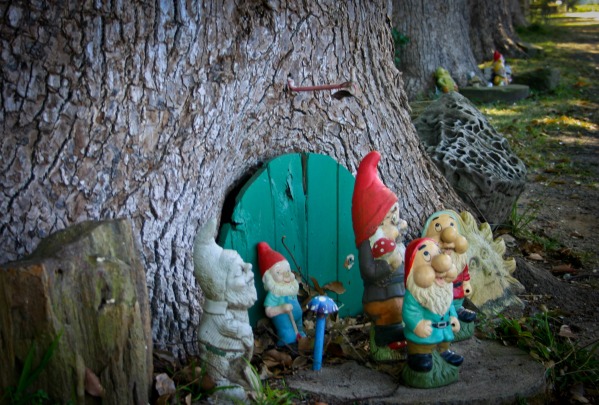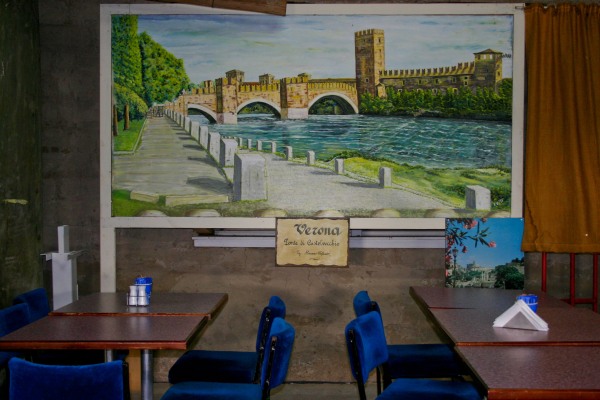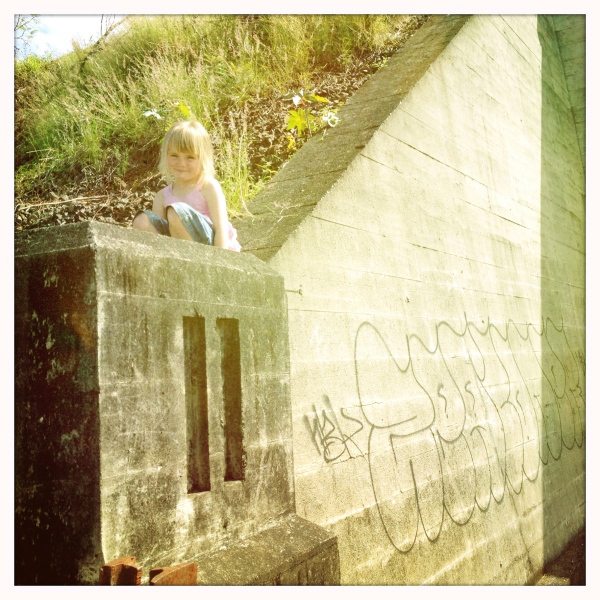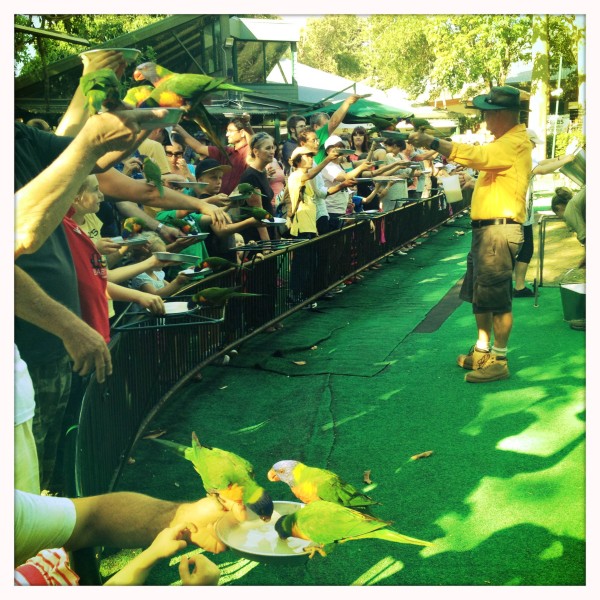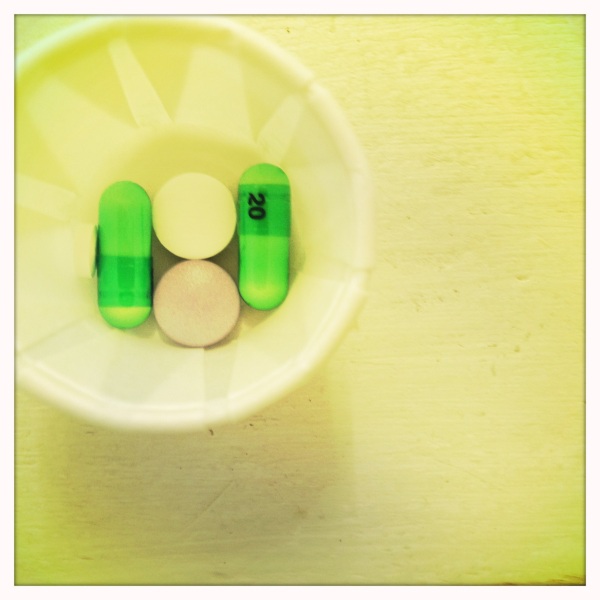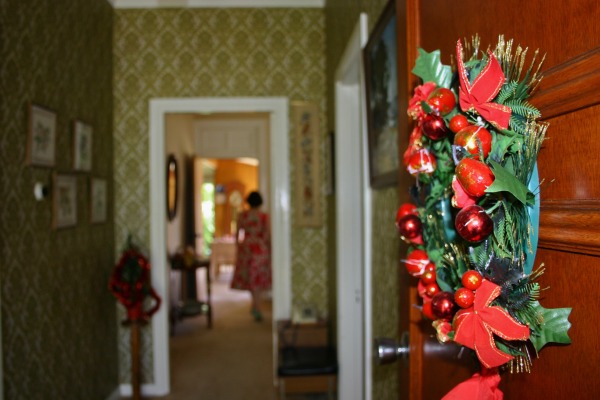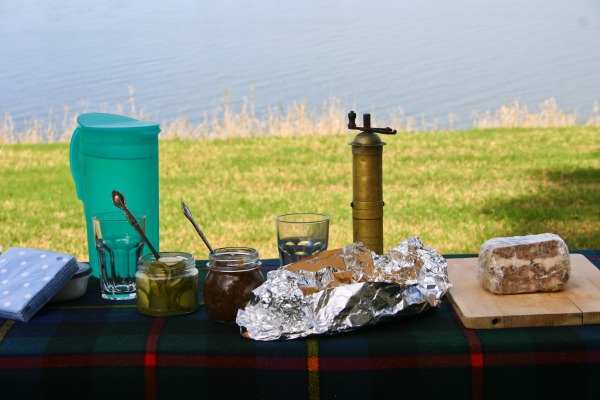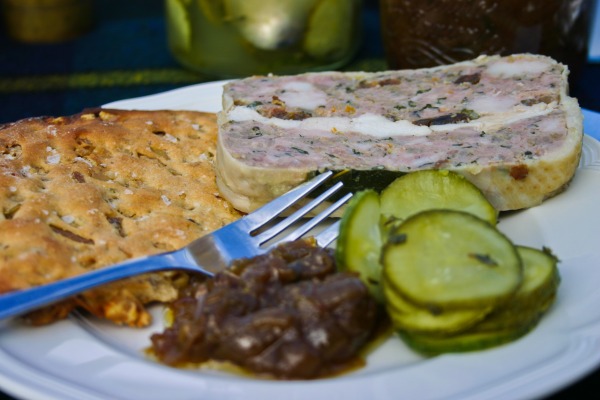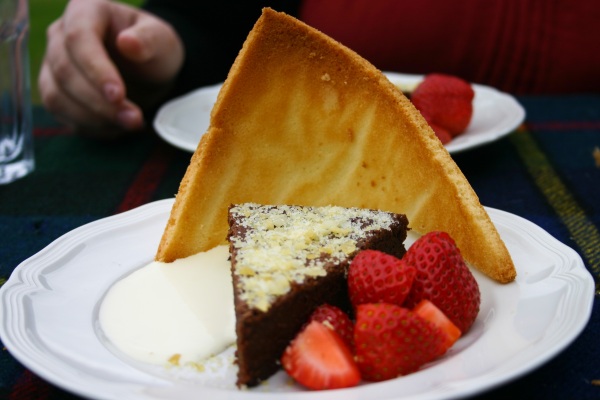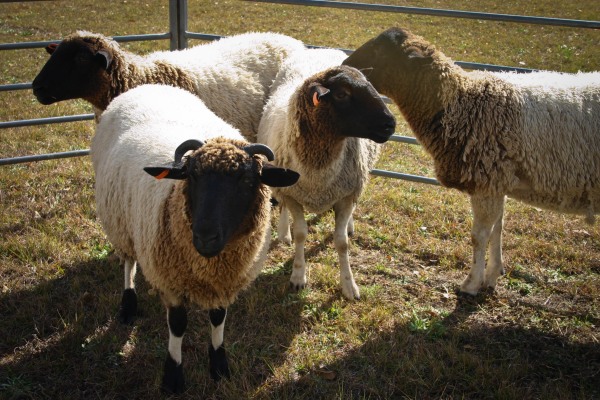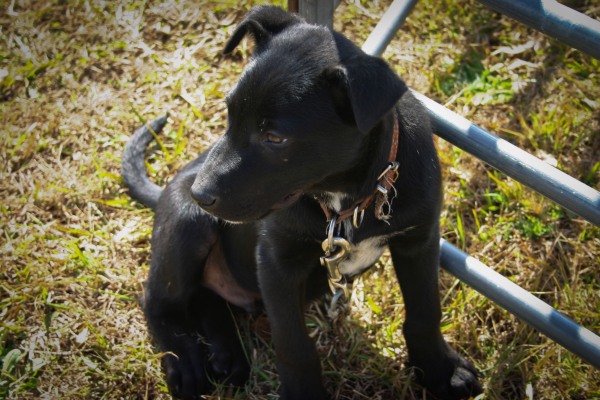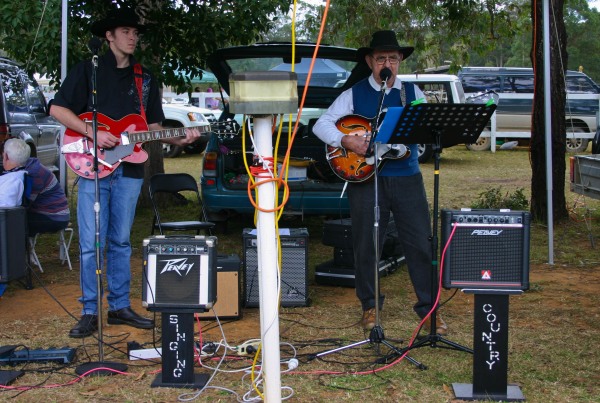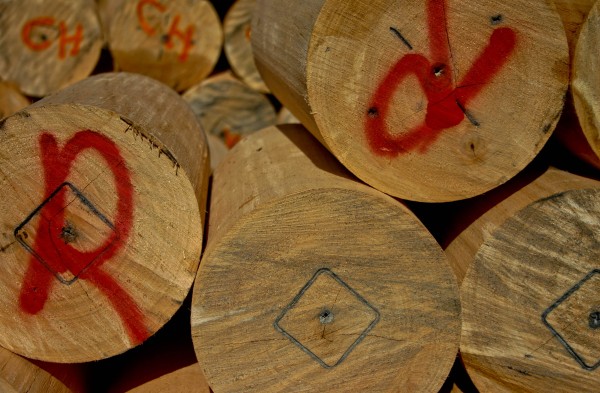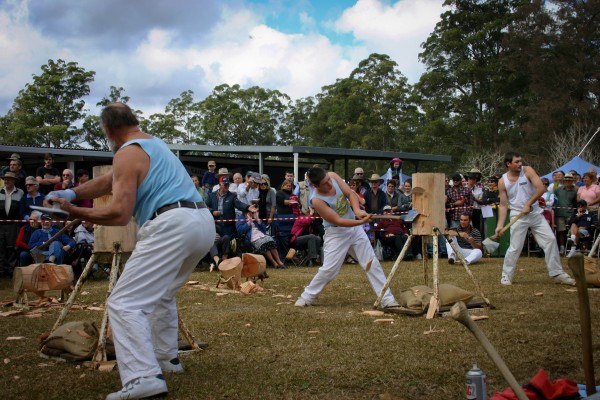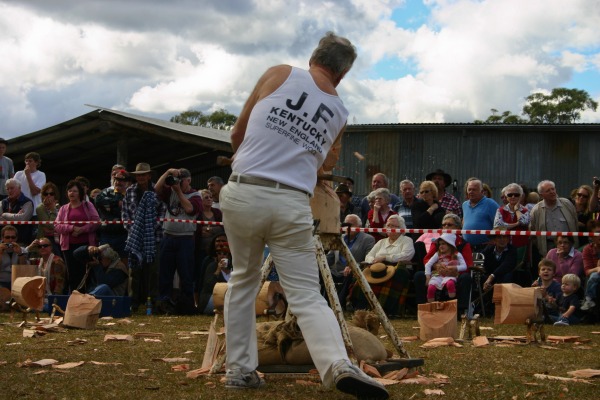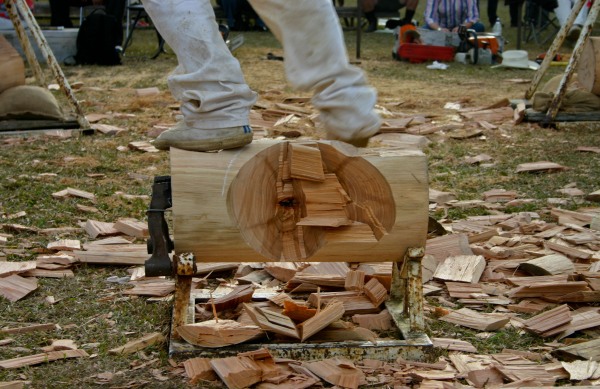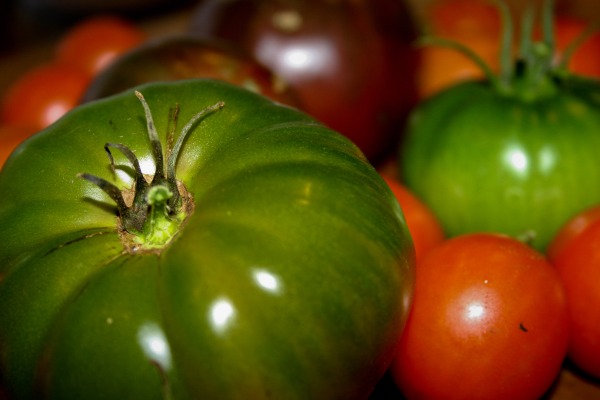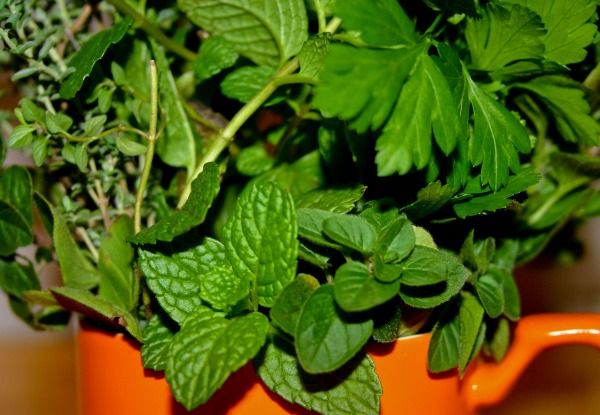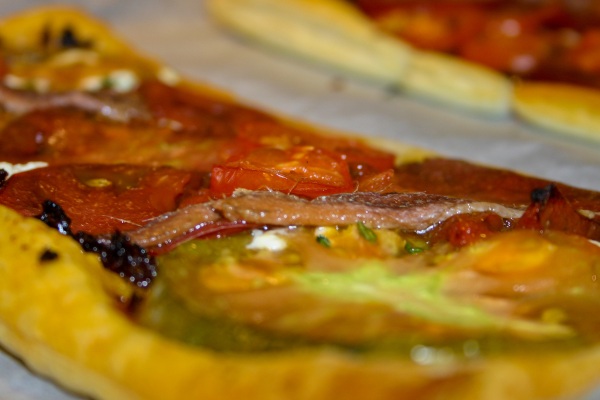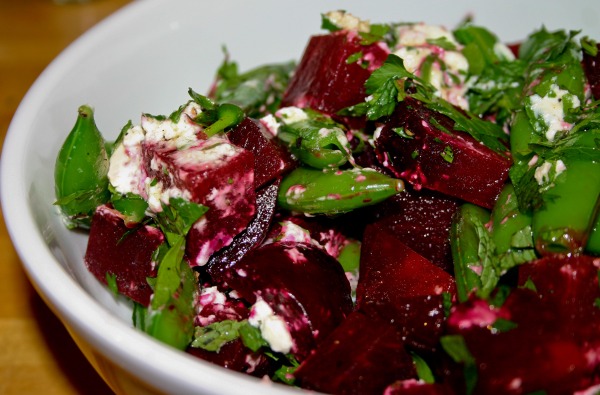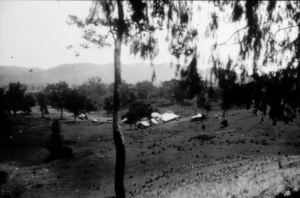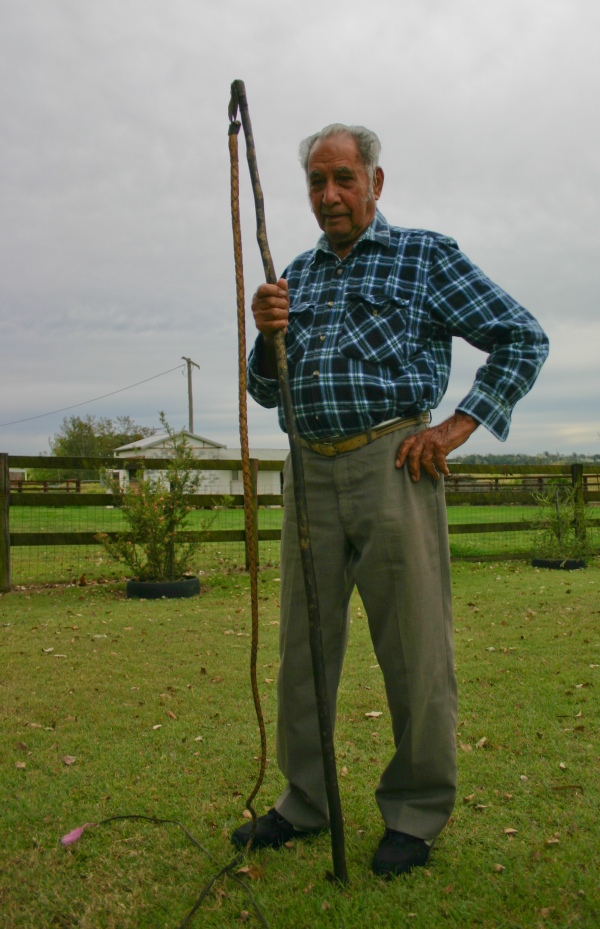2011: the year that almost wasn’t
I am a woman of many words. But words are beginning to fail me as we approach that most arbitrary, hopeful and hollow promise of new beginnings, the hour when one year becomes another. Each of the past 364 days has dealt me struggles both large and small. I believe I am equally blessed and cursed with a mind that experiences the world more keenly than most, and one that both readily and randomly casts shadows where there should be light.
When light penetrates though, it is bright. I have been blessed with the love of my family and many friends this year, both new and old. Some of them saved my life. All of them made my life worth living. It pains me to reflect too much on the year that almost wasn’t as I begin to look forward, with real hope emerging from a darkness that I once thought interminable. Though my mind and my words tell a story of darkness, my pictures tell a story of bright light. The evidence is there, it’s incontrovertible. The camera is tricky, but it does not lie. This is how I wish to remember 2011.
Fasterchef
Every year, at about this time, friends and acquaintances begin encouraging me to apply for Masterchef Australia. Aside from the fact that this is largely due to a kind and flattering overestimation of my culinary skills, it is also due to an overestimation of the show’s aims. Masterchef does not seek to uncover Australia’s best amateur cook (though it has revealed many wonderful cooks over its three years of production); it seeks to uncover Australia’s best, fastest and most entertaining amateur cook. I can cook. I can also be entertaining (though not always on demand). But the baffling speed and agility required would certainly be my downfall.
Never was this more evident than this week, when I planned a picnic with my new friend Ana the Greek, a local journalist, food writer and extraordinary home cook. Our get-togethers are an excuse for foodie indulgence; to try recipes we’ve never tried before, and savour fine ingredients. We decided to split the cooking along sweet and savoury lines. Much to my relief Ana chose dessert (an excuse to use some of her recently acquired supply of Valrhona chocolate). That left me to ponder savoury options. I joked that I would prepare the Maggie Beer ‘chook and pork terrine’ wrapped in chicken skin that had sent all four remaining Masterchef contestants into elimination the night before. She joked that she would be disappointed if I didn’t.
Jokes aside, I browsed cookbooks and recipes online, but I couldn’t get past the idea of a terrine, the perfect picnic food, a compact and easily transportable explosion of flavour, texture and protein. Not only this, I couldn’t get past the idea of that terrine, with its abundance of herbs and citrus flavours and mouth-watering combination of fresh and cured meats. I decided that I would do it. My debut terrine would be the one that brought Masterchef’s top four competitors down. While they only had 2 hours and 15 minutes to prepare the terrine and fixins’ however, I would give myself the whole night. Surely it couldn’t take any longer than that?
Maggie Beer’s Chook and Pork Terrine
½ cup Raisins
¼ cup Verjuice
1 x 1.85kg Free range chicken
525g ‘Black Pig’ pork belly, skinless with a good amount of fat
120g ‘Black Pig’ belly bacon, rindless
120g Free range chicken livers, connective tissue removed
Zest of 2 Lemons
Zest of 1 Orange
2 tablespoons Lemon thyme, stripped and chopped
3 tablespoons Flat leaf parsley, roughly chopped
2 tablespoons Rosemary, roughly chopped
100g Fresh walnut bread, crumbed
16g Sea salt
2 teaspoons Freshly ground white pepper
3 Bay leavesPreheat a fan forced oven to 200°C.
Place the raisins and verjuice into a small saucepan and place over a medium heat. Once the verjuice has come to simmering point, remove from the heat, place a lid on top of the saucepan and set aside, allowing the raisins to steep and plump up.
To bone out the chicken, remove the wings at the middle joint, then cut all the way down the back bone so that the chicken is now butterflied out.
Remove the back bone and rib cage, then continue your knife down to remove and cut away the breast and wish bone.Chop the knuckles from the legs, then bone out each of the legs removing as many of the tendons as possible. Feel for any bones or gristle that may be have missed and cut these out.
Carefully remove all the meat from the skin, taking care not to pierce the skin. Dice the chicken breast into approximately 2cm cubes, place into a mixing bowl and set aside.
Dice the chicken thigh and leg meat and pork belly into approx 1 cm pieces and place into another mixing bowl. Cut the belly bacon into small strips and add this to the chicken and pork mix along with the livers, mix these together well and then place into a food processor and blend for 2 minutes to create a farce, remove from the food processor and place back into the mixing bowl. Add the lemon and orange zest, thyme, parsley, rosemary, walnut bread crumbs, the verjuice steeping liquid from the raisins, sea salt and freshly ground white pepper, mix together well and set aside.
Grease a 1 litre terrine and then place the 3 bay leaves on the base of the mould then line the mould with the skin from the chicken, place 1/3 of the farce on the base then ½ half of the chicken breast and ½ of the raisins, then another 1/3 of the farce then the remaining amount of chicken breast and raisins then top off with the remaining amount of the farce (press gently down to pack in tight). Retain any left over farce in fridge.
Now fold in both ends of the chicken skin, then fold over the two sides to create a neat looking parcel.
Place sheet of baking paper on top of the terrine then cover with foil and seal well.Place a cloth into the base of a hot water bath, place the terrine into the water bath and put into the preheated oven and cook for 1 hour to 1 hour and 30 minutes (this time will depend on your oven and the temperature of the chicken meat) or until the internal temperature has reached 57°C, remove from the oven and allow the terrine to rest in the water bath for 15 minutes until the internal temperature has reached 65°C. The magic temperature is 65-66°C finished internal temperature.
Pour off any juices from the terrine and place into fridge to chill with a weight on top.
DAY 1
So, I had decided to embark on my very own “Masterchef journey”. My first challenge, unfortunately not having ready access to the Masterchef pantry, was to source the ingredients, some of which proved to be exotic by Grafton standards (Me – “Do you have any chicken livers?” Butcher – “Nuh.”; Bi-lo checkout-chick – “What’s this?” Me – “…a cucumber”).
I then went about prepping the ingredients for the terrine. As any good Masterchef knows, mis en place is the key to kitchen success. Prepping, prepping, and more prepping. Chopping, grating, whizzing, greasing, creating the variety of different textures in the dish. I’m not going to lie to you, this process took me over an hour . By this stage, I pretty much would have been eliminated. Which led to an important realisation: the contestants on Masterchef didn’t prep their ingredients. They can’t have. I mean, I’m no Cadel Evans, but I have zested one or two lemons in my time, and preparing everything and getting the terrine in the oven within half an hour as expected of the contestants, would have been UNPOSSIBLE! Not to worry, chefs have apprentices to do all that stuff anyhow.
The most challenging element, sorry ‘alamant’, of the preparation was the deboning and de-skinning of the chicken, something that is somewhat challenging if you’ve never done it before. It was this “pressure point” that became the make or break element of the dish on Masterchef – would they be able to do it in the 3.2 minutes provided? Would the skin have any holes in it? (Well yes, actually, because a chicken has wings and legs.) Honestly, it isn’t that hard to debone and skin a chicken. Anyone with a working knowledge of the anatomy of a chicken and a sharp knife could do it. It just takes a long time if you’ve never done it before, which is fairly reasonable considering how rarely you see the words ‘1 chicken, skin only’ in recipes. Also, it’s kind of gross (warning to those who are squeamish abut handling meat). Happily for me, time was on my side.
Once everything had been prepped, it was a breeze of assembling the dish. Aside from worrying that my chicken skin wouldn’t be big enough to encase all of the mixture, it was a doddle. It’s really just putting stuff in a tin and then other stuff on top of that stuff. Soon enough I was able to pop it in the oven. Time check. Including the time I spent washing up and cleaning down as I went, periodically checking Facebook and watching the Sopranos (appropriate viewing while dismembering a chicken), it took me about 4 hours from scratch to oven. OK, so by this time I’m a massive loser, but it’s worth noting that I do possess one of the other desirable Masterchef attributes: I am a perfectionist control freak. So yeah, it took me a while.
I cooked the terrine until the internal thermometer said stop, then I rested it until the thermometer said stop again, aware that this was the point where Michael, Dani, Kate and Alana met their downfall, the glistening skins of their terrines concealing the worst of culinary sins – pink chicken meat. It’s tempting to cut into the terrine to check whether it is cooked at this point, but you can’t; instead you have to spend a sleepless night wondering and/or dreaming about it. You see, the next step in the terrine process is refrigeration. This is why I was confused when Matt Preston chastised his contestants for their undercooked meatloaves, asking Gary and George whether they would have sent that out at their restaurants. Well, n0, but no self-respecting chef would have cooked a terrine to order you ninny, they would have cooked it that morning, or preferably two days ago. And if it was undercooked, they wouldn’t have taken it out of the oven because of some arbitrary time limit. DER!
At this point, you’re probably thinking, but what about all the fixins? Well, you’re right. Frankly, there’s so much cleaning up to do, one doesn’t really have time for fixins’. And so they would wait ’til the morrow. And with that, I went to bed, 6 hours after this journey had begun.
DAY 2
I awoke early, after little sleep, on the day of the picnic. There was much to do! First was the walnut flatbread. Reading the recipe, I thought good, this will be a cinch, because compared to the complexity of the terrine it read like cooking two-minute noodles. Needless to say, it wasn’t quite that simple. And yet, for this novice breadmaker, it was simple enough. Within an hour or so, I was pulling beautifully golden ovals out of the oven, dusted with salt and fennel seeds. The flavour was a revelation. The bread may even have been the highlight of the completed dish. Success!
I also whipped up a batch of bread and butter pickles, a la Maggie Beer. To be honest, I was disappointed with their flavour, which didn’t have the sweet/sour punch I like in a pickle. But I would be putting it up on the plate, and that’s the most important thing!
With just a couple of hours until our picnic, the moment of truth: the time had come to turn out the terrine and slice it. SUCCESS! I couldn’t believe how perfect it looked, shining on the wooden board like a jewel-encrusted pate. Tasting, it was incredibly dense, salty and texturally diverse, with hints of thyme, rosemary and bay. I had done it! I could hardly believe that everything had come together. With a total preparation and cooking time of 9 hours, I had long ago lost the challenge, but I had learned much about the magic of television. In the end, I’d rather take my sweet time and savour the process of cooking, not to mention eating. And so the journey continued…
Timberrrrrrrrrr!
Sadly my creative juices haven’t been flowing lately; at least, I think I have been expending them on resurrecting my musical talent instead of arranging words in a pleasing fashion. Though I also haven’t had the camera out much lately, I did manage to take some photographs of an exciting excursion at the weekend: the 7th Annual Glenreagh Timber Festival!
Glenreagh is currently known as that town near where Russell Crowe lives sometimes, and is soon to be known as that town with the giant statue of a dog, that may be part dog, part kangaroo (no pictures, sorry). I was invited to check out the action by my wonderful friends Mrs and Mrs Leicester and their family, and we spent a lovely afternoon picnicking in the sun and watching large men wield axes with our new friends the Friendly Timbermillers.
The sport of woodchopping is a lot more structured and elaborate than I expected. It’s not just a bunch of blokes hacking into lumps of wood. There are rules. I don’t know what they are, but they seemed to be very complicated. The whole thing reminded me of a Freemason-style secret society, complete with handshake and a uniform of singlets, white pants and white dunlop volleys. OK, I made up the handshake bit, but it could be true. I did not make up the Dunlop Volleys. These were ubiquitous. I wonder if they were steel caps.
Apart from the dazzling array of champion axe-men, there were sheep dog trials, pony rides and a humungous jumping castle which was very popular with the four-year-old. Here are some of the highlights of my day.
Endless summer
We all like to think of winter as a time to indulge in comfort food: boldly flavoured slow braises; soups, stews and ragouts; pies with flaky pastry and fall-apart fillings; Sunday roasts. In my part of the world however, the truth is that we don’t really experience winter, at least in the extreme way we experience summer, and that is reflected in the produce that grows in our climate. Though of course the shorter days and chill in the air pique the appetite for the classic foods of winter, we need not subsist on lamb shanks and turnips alone.
Reflecting the mildness of our winter, our garden is currently full of heirloom tomatos planted at the end of the warm season. I didn’t expect them to thrive, and although they have been slow growing compared to the summer crop, they are prolific to the point that we’re eating them nearly every day.
I was a latecomer to the lure of Pomodoro in their virgin form, previously preferring the shit to be cooked out of them before ingestion. No doubt this was due to the hard, floury, insipid specimens that populated supermarket shelves when I was growing up in the ’80s and ’90s. The fruity half of the old iceberg lettuce and tomato salad was to be avoided, and literally made me gag. I started coming around when premium ‘vine-ripened’ fruit began to appear in supermarkets.
A delightful revelation took place however when I tried my first organic heirloom tomatoes from The Farm Gate by Nashdale Fruit Co and realised what a tomato is supposed to taste like! These were fruit that I actually wanted to eat unadorned and uncooked. Since then I have embraced the increasing availability of heirloom varieties, recently making friends with a tomato specialist at the local farmers market who helps me select the best fruit.
Most of my fresh tomatoes come out of the garden though and we’re always looking for new ways to prepare them. We had a particularly large harvest last week, and I decided that I wanted to make the tomatoes the star of the meal. As always when I am contemplating a vegetarian recipe I consulted that expansive cookbook, google, to find out what Yotam Ottolenghi, chef, Guardian columnist and author of Plenty, had to say on the matter. This recipe for a (lively, summery) tomato ‘galette’ was just the ticket: it would take advantage of the range of beautiful tomatoes in different hues, and I already had all of the ingredients in the garden/larder. I haven’t cooked with sundried tomatoes much since the 90s, but in this context they provide a great punch of concentrated tomato flavour. You could also substitute pesto or tapenade. I also included some glorious anchovies, which beautifully complement the tomatoes and provide an extra salty hit.
Yotam Ottolenghi’s tomato galette
375g all-butter puff pastry
8 stalks fresh oregano, leaves picked and roughly chopped
100g goats’ cheese, crumbled (I used some beautiful Meredith cheese)
450g red, yellow or green tomatoes of various sizes, sliced 2mm thick
8 stalks fresh thyme
8 anchovies (optional)
Olive oil
For the sundried tomato paste
10 sun-dried tomatoes from a jar
2 anchovies (optional)
1 fresh red chilli, sliced
2 garlic cloves
½ tsp sugar
1 tsp salt
Preheat the oven to 200c. Roll out the pastry to 3mm thick and cut out four rectangles about 10cm x 15cm. Transfer the pastry rectangles to a large baking sheet lined with baking paper and refrigerate for 30 minutes.
To make the sun-dried tomato paste, put all the ingredients in the small bowl of a food processor and process to a rough paste; if necessary, add a bit of oil to bring it together.
Spread a thin layer of the tomato paste over the chilled pastry, leaving a border about 1cm from the edge. Sprinkle with the oregano and goats’ cheese, and arrange the tomatoes on top, slightly overlapping but not too precisely. Make sure the tomato paste is covered by fresh tomatoes because it tends to burn. Place two anchovy fillets on the top of each tart. Drop the thyme stalks over the tomatoes and drizzle with a little olive oil.
Bake for 15 minutes, until golden on top; check the base to make sure the pastry is brown and fully cooked. Remove from the oven and leave to cool before drizzling over more olive oil and serving warm.
The tart was brilliant, full of flavour and light but satisfying. I served it with a simple salad I knocked up with some roasted beetroot, blanched sugar snap peas and (more) Meredith goats’ cheese. Colourful and flavourful food to brighten up a winter’s day.


